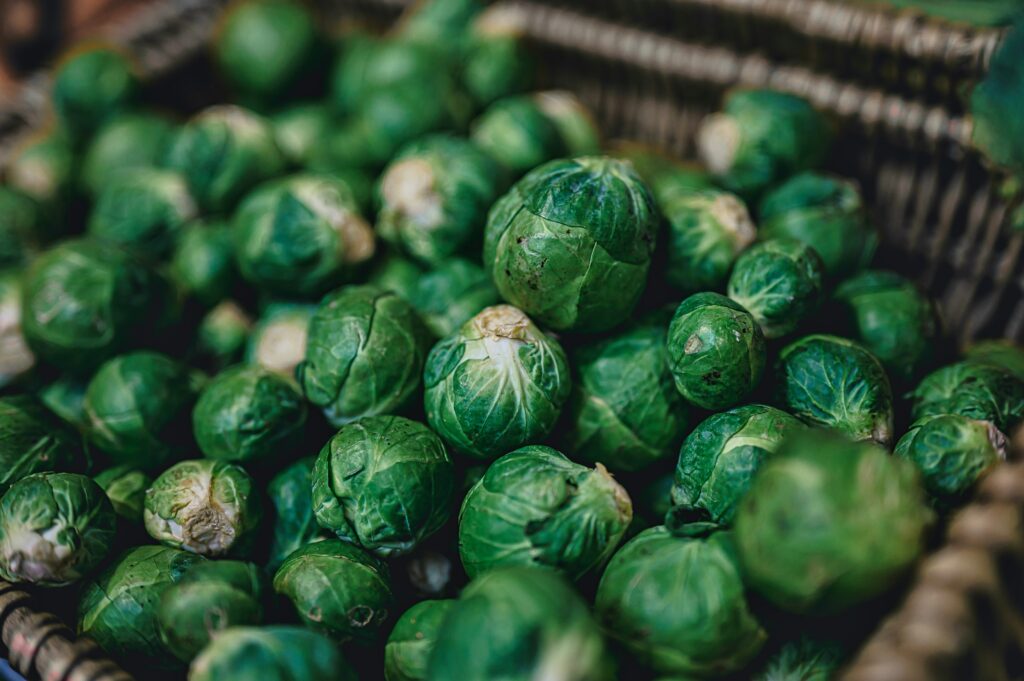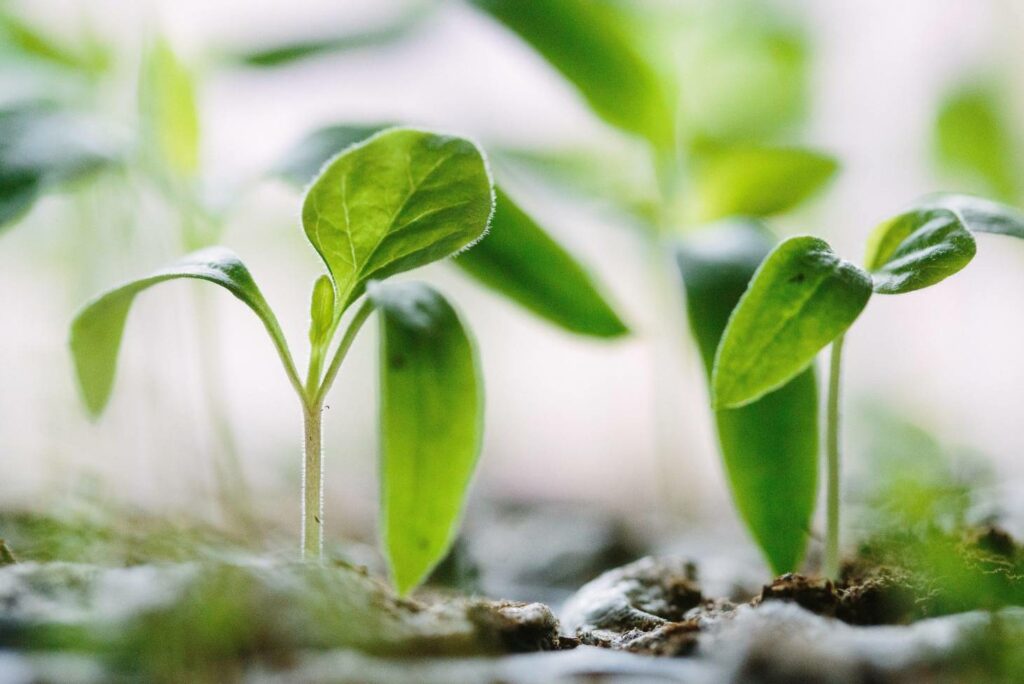A new study finds that plants like plant food. But let us not be too sarcastic. It finds that they like it in a slightly different way than people expected, and science likes to test hypotheses in small as well as large ways. OK, large because it’s trees. But small because the issue was whether more CO2 helps them because they lose less water, as had been expected, or because they gain more CO2, as was apparently discovered. Oh, and that means they’re absorbing more CO2 than we thought, revising our opinion of the carbon cycle.
In case you’re not a plant, one of the reasons that increased CO2 helps those who are to grow in marginal areas is that plants need holes in their leaves to let CO2 in. Which they call “stomata”. But life being what it is, with tradeoffs everywhere, those holes also let water out. So if you’re somewhere harsh, to get enough CO2 you risk adding so many holes you lose too much water and do the wilt thing. But if there’s more CO2 you can get by with fewer smaller holes, which lets you colonize an area that was too dry because it’s cold, at high altitude or both. (Indeed, one of the proxies used to estimate atmospheric CO2 in the past is the number and size of stomata in the leaves of species similar to ones found on Earth today.)
According to these researchers, “following an analysis using carbon and oxygen isotopes in tree rings from 1901 to 2015 from 36 tree species at 84 sites around the world, the researchers found that in 83% of cases, the main driver of trees' increased water efficiency was increased photosynthesis - they processed more carbon dioxide. Meanwhile, the stomatal conductance only drove increased efficiency 17% of the time. This reflects a major change in how trees' water efficiency has been explained in contrast to previous research.”
Jolly good. Although that 17% looks just a wee bit suspiciously precise. And of course it’s just one study, and tree rings aren’t everything, and it’s just one century, and who knows who’s out there doing other studies that might say no, it’s 19%, or you guys are all wrong, it’s the stomatal conductance that dominates. But there’s one thing they almost certainly won’t say: namely that more CO2 means fewer CO2-absorbing trees.
The reality is more CO2 means more trees. Although mind you one odd item in the catechism of global warming alarmism is that the natural carbon cycle is like totally in balance man because nature is so harmonious it could be Gaia. But when humans add CO2, the dynamic carbon cycle gets stuck like an old LP, and half of our carbon just hangs around stinking the place out. As Prince Charles put it in his children’s book for adults Climate Change (A Ladybird Expert Book),
“Our planet and its ecosystems run through cycles and loops, for example the water cycle and carbon cycle. Soils break down plant remains and turn them into the nutrients needed to grow new plants. As is common sense, everything is recycled and reused: in Nature there is no waste.”
But we aren’t part of nature and nor apparently is our CO2. HRH continues:
“Human activities emit about 36 billion tonnes of carbon dioxide into the atmosphere each year…. Carbon dioxide is exchanged continually between the atmosphere, plants and animals through growth, death and decay, and also directly between the atmosphere and ocean. About half of the carbon dioxide pollution is soaked up by land and forests (land sink) or by the oceans (ocean sink). The rest, about 16 billion tonnes each year, accumulates in the atmosphere; there is no convenient hole in the sky for it to escape through.”
There are, however, convenient holes in plants’ leaves for it to go in through. And yes, trees like plant food.



A simpler way of looking at things is that carbon is a primary constituent of plants (wood contains up to 50% carbon, other parts of plants somewhat less), and the only place this carbon can come from is the atmosphere, in the form of carbon dioxide. Ergo, when plants grow they must necessarily absorb CO2 from the atmosphere and subsequently sequestrate the carbon until the plant dies or is otherwise consumed. Whether plants lose water in the process of absorbing CO2 is really beside the point as far as carbon sequestration is concerned. As long as plants grow they will absorb CO2.
And by the way, the Earth has greened significantly in the last 30 years or so (just ask NASA), which means there is a larger plant mass on this planet than there was 30 years ago - so more carbon sequestration has occurred.
Someone should tell Justin Trudeau that he doesn't need to plant 2 billion trees. Just pump CO2 into the atmosphere, and the trees plant themselves.
This research qualifies as "good news" about CO2. Is this the reason why I haven't seen it covered by Main Stream Media?
One could say CO2 is the gas of life. Plants get their C from CO2 and animals get if from the plants. Life is made of organic matter, which is C based, after all.